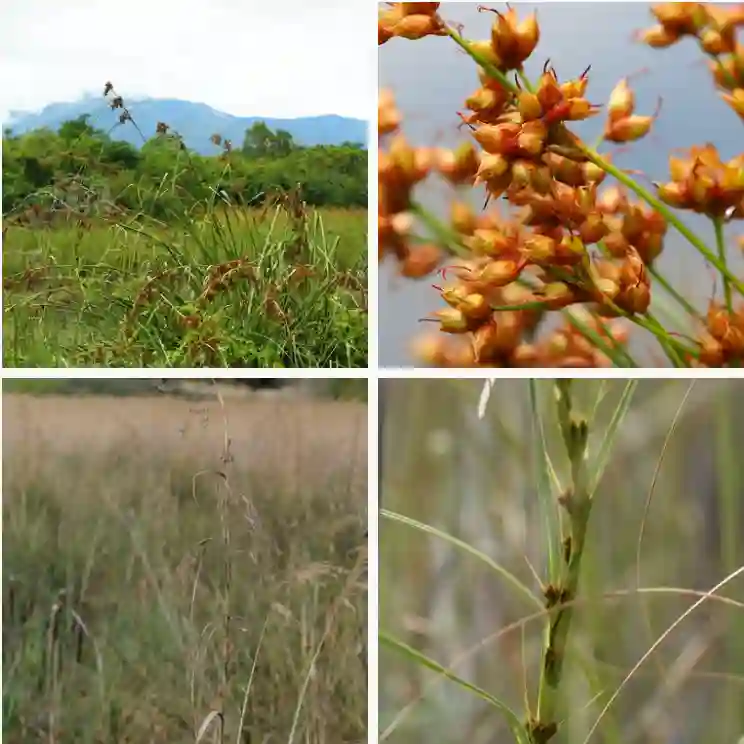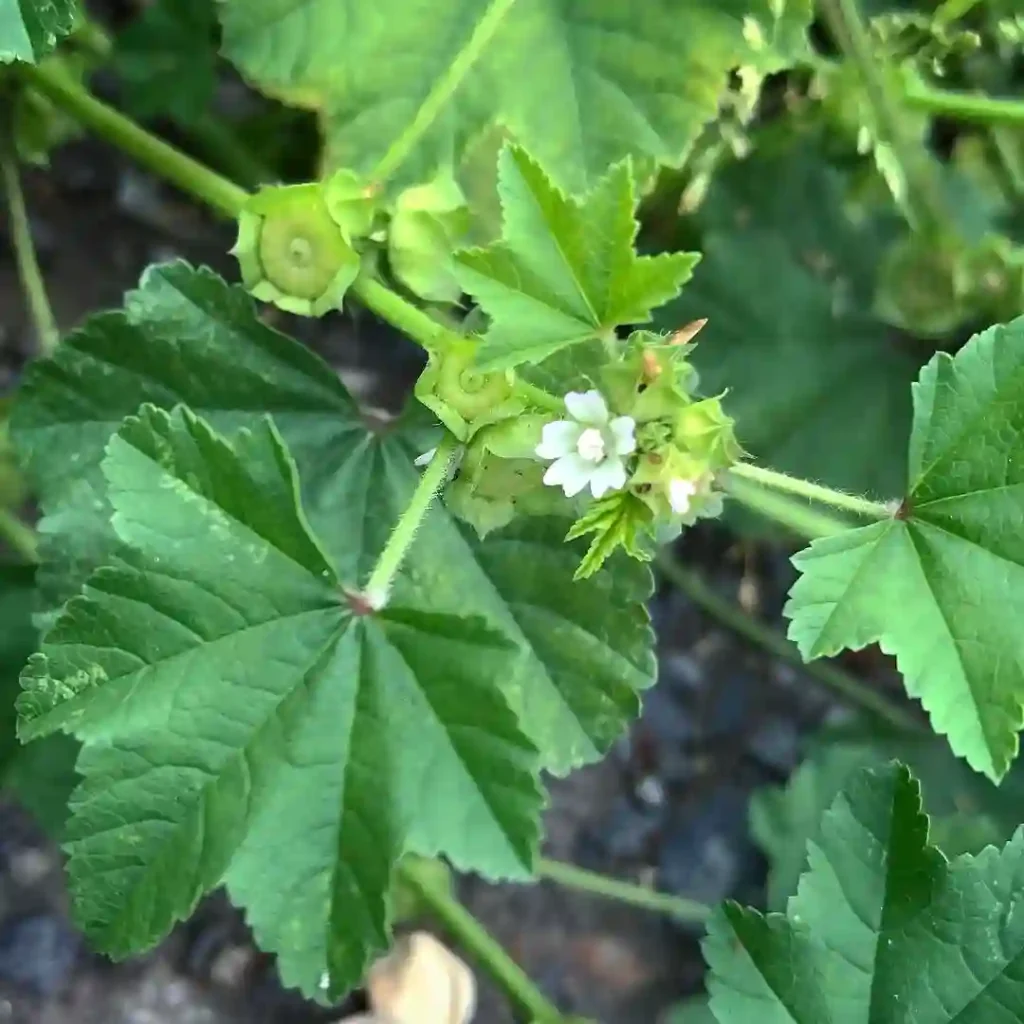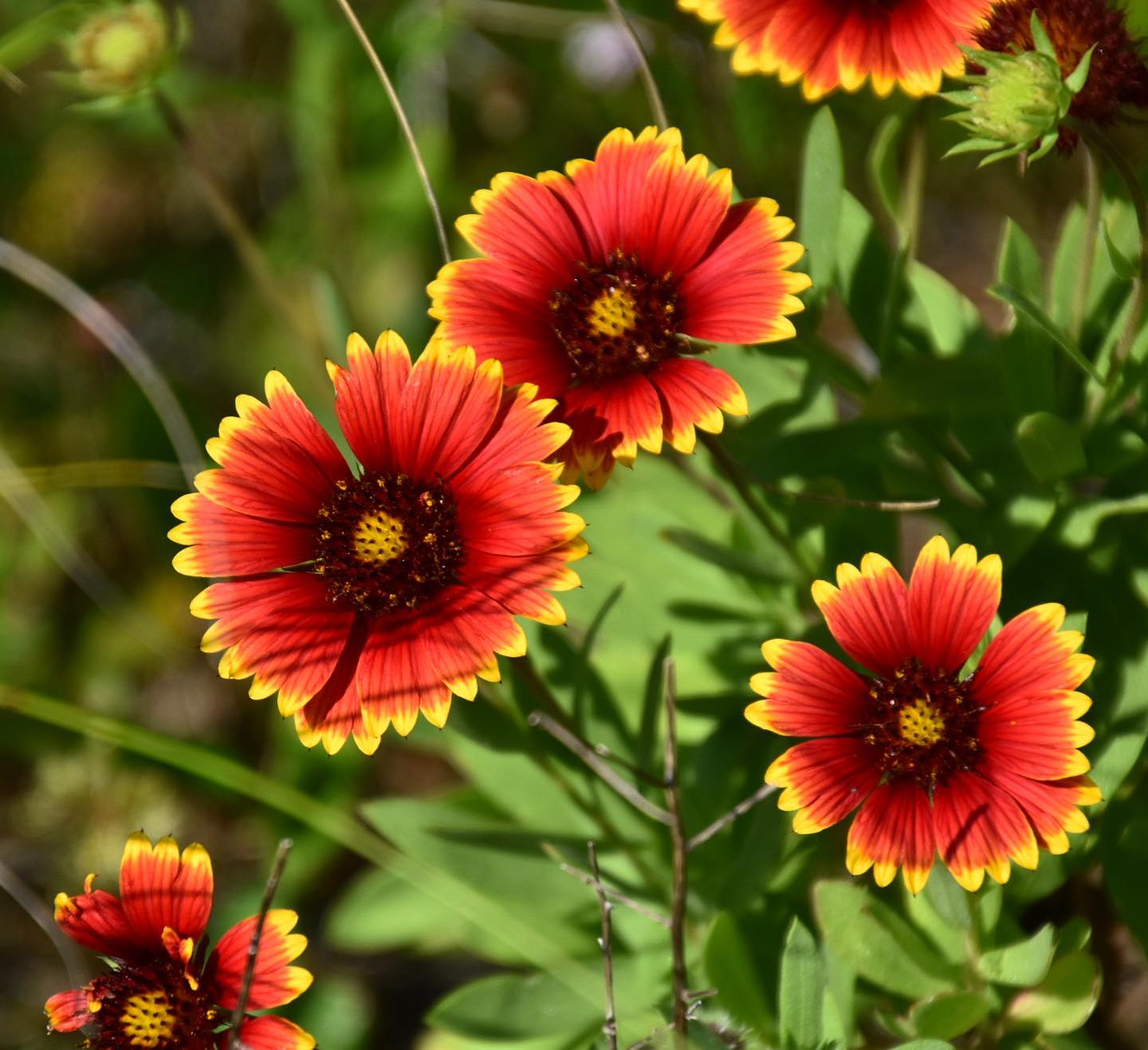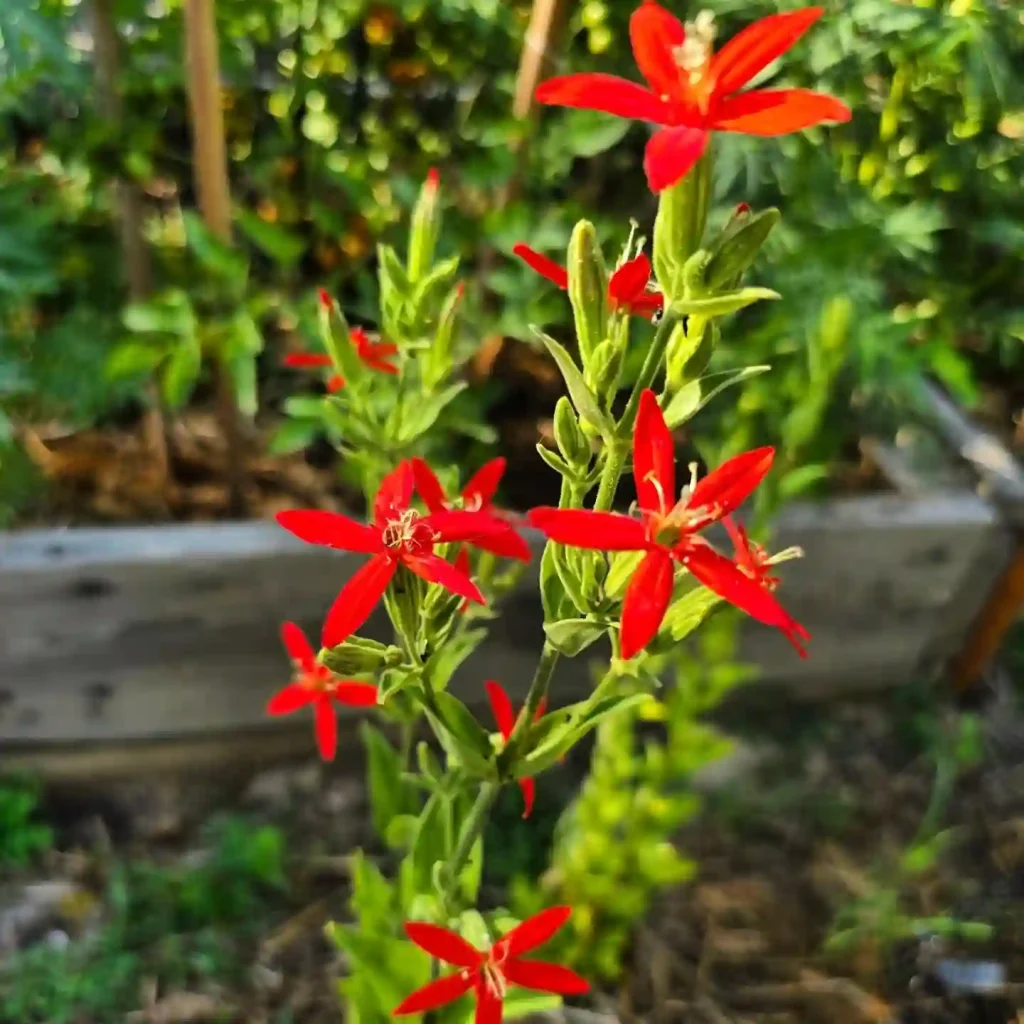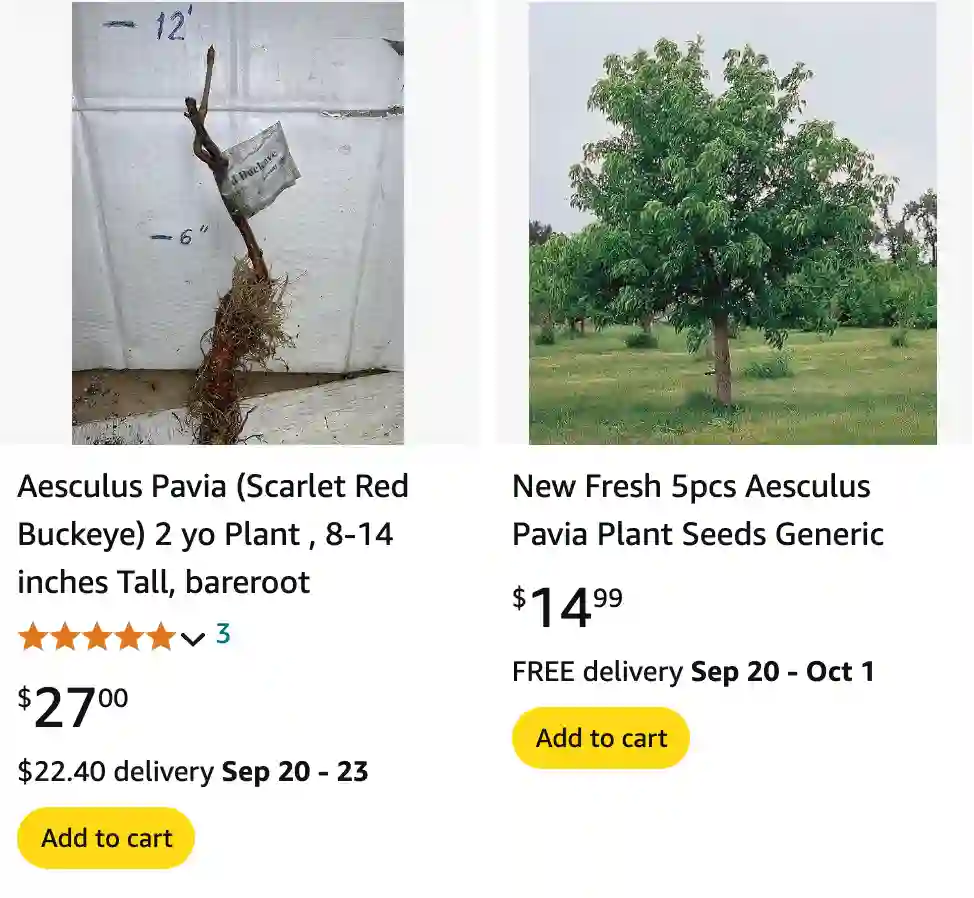
FAQs About Aesculus Pavia
As a plant enthusiast, I often find myself drawn to the Aesculus Pavia, also known as the Red Buckeye. Its striking red flowers and unique foliage make it a standout in many gardens. If you’re considering adding this tree to your landscape, you might have several questions. Here are some common FAQs about Aesculus Pavia, based on my own experiences and research.
18 Species in Genus Aesculus
What Is Aesculus Pavia?
Aesculus Pavia, or Red Buckeye, is a deciduous tree native to the southeastern United States. It is known for its beautiful red flower spikes that appear in spring, followed by palmate leaves that turn yellow in the fall. This small to medium-sized tree typically grows to 15-25 feet in height and width, making it a great choice for smaller yards or as an ornamental feature in larger gardens.
Can You Plant the Seed of an Aesculus Pavia Tree?
Yes, you can plant the seeds of an Aesculus Pavia tree. In fact, growing Red Buckeye from seed can be a rewarding process. The seeds need to undergo a period of stratification to break dormancy. To do this, collect the seeds in the fall and store them in a moist medium in the refrigerator for about 60 days. After stratification, sow the seeds in well-draining soil, ideally in a sunny location. Keep the soil moist but not waterlogged, and be patient; germination can take several weeks.
Does Aesculus Pavia Grow in Utah?
Aesculus Pavia prefers a more temperate climate, typically thriving in USDA hardiness zones 6-9. Utah’s climate can be quite variable, with some areas experiencing colder winters than this tree can handle. In the northern parts of Utah, the cold winters may be too harsh for Aesculus Pavia. However, in the warmer southern regions, it might grow successfully with proper care and attention to microclimates. If you’re in Utah and considering this tree, ensure you select a sheltered location and provide winter protection if necessary.
How to Care for Aesculus Pavia?
Caring for Aesculus Pavia involves a few key practices:
- Soil: It prefers well-draining soil but can tolerate a range of soil types.
- Watering: Regular watering is essential, especially during dry periods. However, avoid waterlogging as it can lead to root rot.
- Sunlight: This tree thrives in full sun to partial shade. In hotter climates, providing some afternoon shade can help prevent leaf scorch.
- Pruning: Prune in late winter or early spring to maintain its shape and remove any dead or damaged branches.
What to Plant With Aesculus Pavia?
Aesculus Pavia pairs well with a variety of other plants. Consider planting under it with shade-tolerant perennials like hostas, astilbes, or ferns. In terms of companion trees or shrubs, it works well with other native species like Cornus florida (Flowering Dogwood) or Viburnum species. These plants can complement the Red Buckeye’s vibrant flowers and foliage while also thriving in similar conditions.
Can You Grow Aesculus Pavia Indoors?
Growing Aesculus Pavia indoors is not practical. This tree requires significant space to develop its root system and canopy, which is challenging to accommodate indoors. It also needs ample sunlight and fresh air circulation, which can be difficult to provide in an indoor environment. Aesculus Pavia is best suited for outdoor gardens where it can reach its full potential.
Is Aesculus Pavia Toxic?
Yes, Aesculus Pavia is toxic. All parts of the tree, including the seeds and foliage, contain saponins, which can be harmful if ingested. This toxicity extends to pets and livestock, including chickens. If you have chickens or other animals, it’s crucial to ensure they do not have access to the tree’s seeds or leaves. While the toxicity is not typically fatal, it can cause gastrointestinal distress and other symptoms.
Benefits of Aesculus Pavia
Aesculus Pavia offers several benefits to gardeners:
- Aesthetic Appeal: Its vibrant red flowers and distinctive foliage add color and texture to gardens.
- Wildlife Friendly: The flowers attract hummingbirds and butterflies, making it a great choice for pollinator-friendly gardens.
- Shade: As a deciduous tree, it provides seasonal shade, which can help reduce cooling costs in summer.
Common Problems with Aesculus Pavia
While generally hardy, Aesculus Pavia can face some issues:
- Pests: Watch for aphids and scale insects, which can affect the tree’s health.
- Disease: Leaf spot and powdery mildew can be problematic in humid conditions. Ensuring good air circulation and avoiding overhead watering can help manage these issues.
Compare with Similar Trees
If you’re considering alternatives to Aesculus Pavia, you might look at similar trees like Aesculus hippocastanum (Horse Chestnut) or Aesculus parviflora (Bottlebrush Buckeye). Both offer similar visual appeal but differ in size, flower color, and growing requirements. The Horse Chestnut, for example, has larger leaves and white flowers, while the Bottlebrush Buckeye has a more compact form and white or cream-colored flowers.
In conclusion, Aesculus Pavia is a beautiful and interesting tree that can enhance any garden with its vibrant spring flowers and distinctive foliage. Whether you’re planting it from seed or considering its suitability for your region, this tree offers many benefits while requiring specific care to thrive.
If i die, water my plants!
